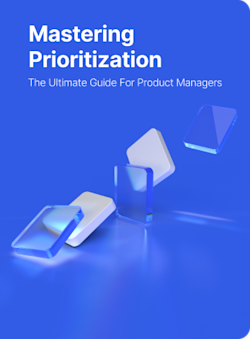Product Attributes
Product attributes meaning
Product attributes definition
Product attributes are the defining qualities of a product. They include tangible and intangible details as well as subjective and objective perspectives. Essentially, product attributes are what the product is. They inform people what the product is, not the benefits customers can receive from it.
The three main product attributes are overall product quality, product features (and how they integrate with the others), and how the product looks. These three attributes are the main drivers of purchasing decisions for customers.
Other product attributes can include:
Name
Size
Color
Weight
Materials used in construction
Design features
Country of origin
Price
You can help customers make quicker purchasing decisions by correctly managing product attributes. Marketing teams can also use product attributes to shape their marketing strategies.
Why are product attributes important?
Product attributes are the properties that describe a product. You can’t have a product without product attributes. For customers, product attributes are the things they use to purchasing decisions. Customers can compare product attributes with your competitors' products to gauge whether they want to buy your product or not. Product attributes are essential when selling online because online customers require detailed descriptions to help them gauge the quality and value the product will offer them. You need to ensure product attributes are carefully detailed to provide a truly accurate description of the product and avoid making a promise the product can’t meet.
For marketers, product attributes help them tell your product's story. They use them to make your product seem as compelling as you believe it is, so customers buy it and receive the product benefits you have baked into the product.
The development team will only offer a bare-bones description. It’s up to marketing teams to expand the range of product attributes you have for your product. Details such as product descriptions, photographs, and videos will grab the customer’s attention and help them make a purchasing decision.
How can you manage product attributes?
Product attributes are crucial to selling your product, so you need to manage them correctly. To ensure your product attributes are effective, consider the following steps:
List down all the attributes - By listing your product attributes, your teams will be able to better understand each attribute's relative importance.
Create segments and categorize - Once all the attributes are outlined and listed, teams should categorize them into groups, including quality, physical dimensions, material attributes, and so on.
Organize all the data
Arrange the categories in a readable document that all teams can access and refer to whenever necessary. The organization is needed so teams can understand all product attributes at first glance.
Create cross-functional teams
Collaboration between different product teams may be required to help imbue the product with value, improve marketing efforts, and increase sales. Cross-functional teams can work together to help with market research, product development, modeling, etc.
Study the competition and product reviews
Successful products need to evolve with the ever-changing customer needs. With that in mind, our next step needs to create improvements to the existing product. Teams can do this by reviewing the attributes of your competitor’s product to identify what their users love compared to your product.
You should also assess and listen to user feedback, which will help teams learn about any pain points or customer needs. With all this information, teams can create a new plan to improve the existing product by reconfiguring attributes and adding new ones.
General FAQ

Glossary categories
Prioritize with confidence

Experience the new way of doing product management








